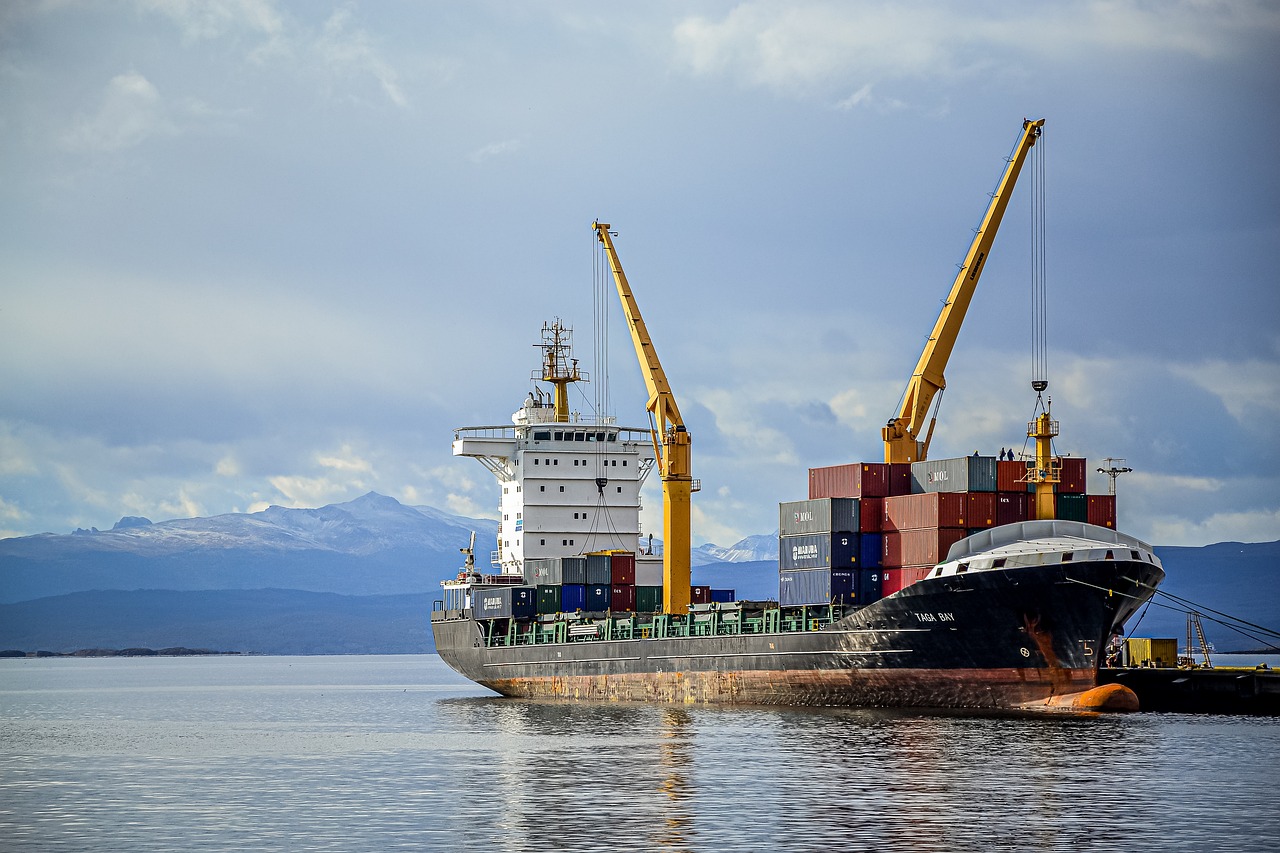
In the wake of the US election results, future implications for international affairs and US global influence are being considered across the world. In South America, colloquially known by US foreign policy strategists as “America’s backyard”, these implications will be crucial to economic development worldwide. Much of South America relies on foreign investment, especially historically from the US. The US, however, is no longer the only player with economic interests in South America.
Peru is set to host the Asia-Pacific Economic Cooperation (APEC) leaders’ summit from 14 to 16 November 2024, a summit dedicated to ensuring mutual benefit and cooperation between the two regions. This year’s guest list is particularly significant. US President Biden is expected to attend to highlight US economic leadership and engagement’ in the region, likely in a last-ditch attempt to consolidate US presence. More important, however, is the presence of Chinese Premier Xi Jinping.
Whilst visiting the South American nation for the upcoming summit, President Xi is expected to sign an updated trade agreement that will increase commerce between the states by at least 50%.
The trade agreement was originally signed in 2009 and is expected to be signed alongside 30 other agreements to maximise cooperation between the two countries, signalling China’s growing influence. Peru has generally benefitted from trade agreements such as these, which form part of China’s Belt and Road Initiative, and seems to be favouring further partnership with China over the US.
This new agreement also comes in the wake of the development of the £2.6 billion Chancay mega-port facility in Peru, sparking concerns about its potential use for future Chinese military deployments. The port is majority owned by Chinese state-run firm, Cosco Shipping and was financed by Chinese banks, with investment equalling US$3.5 billion when fully complete. It is designed to accommodate large cargo ships directly heading to Asia, connecting not Beijing with Peru but also Argentina, Chile and Brazil. Both Lima and Beijing hope Chancay will become a regional hub, offering trade and employment opportunities. The success of projects like these are likely to raise alarms amongst US policymakers, as China’s extensive financial influence in the region poses a significant challenge to American strategic interests.
This trend of closer ties between South America and the US began under Trump because of isolationist tendencies and was exacerbated under Biden, with China now surpassing the US as South America’s largest trading partner. Additionally, according to the World Economic Forum figures, trade between China and Latin America grew 26-folds between 2000 and 2020. Many South American nations remain debtors to China because of these Belt and Road initiatives, with Venezuela being the largest debtor nation to the PRC. This economic reliance poses concerns for the US, as Chinese lending and investment replaces previous US domination in South America.
Given China’s expanding global influence through the Belt and Road initiatives, despite mixed successes, South America will undoubtedly become a key battleground for the two competing nations. Trump’s future administration will likely struggle to make inroads in South America but is unlikely to abandon its strategic aims so close to home. The importance of the region in future competition between the two hegemons should not be understated.
Image: Ships, Cranes, Loading by Hunter, 2020 // Pixabay Content License



Average Rating